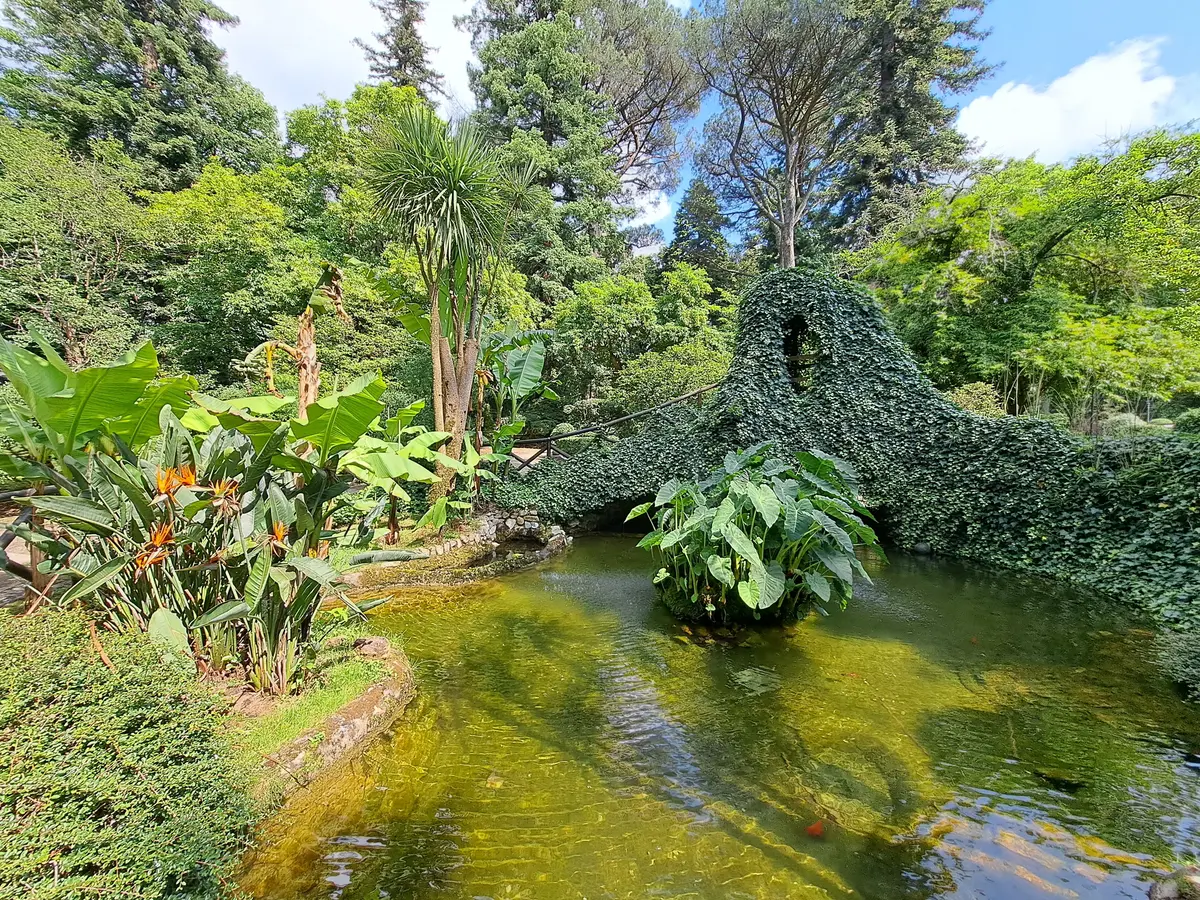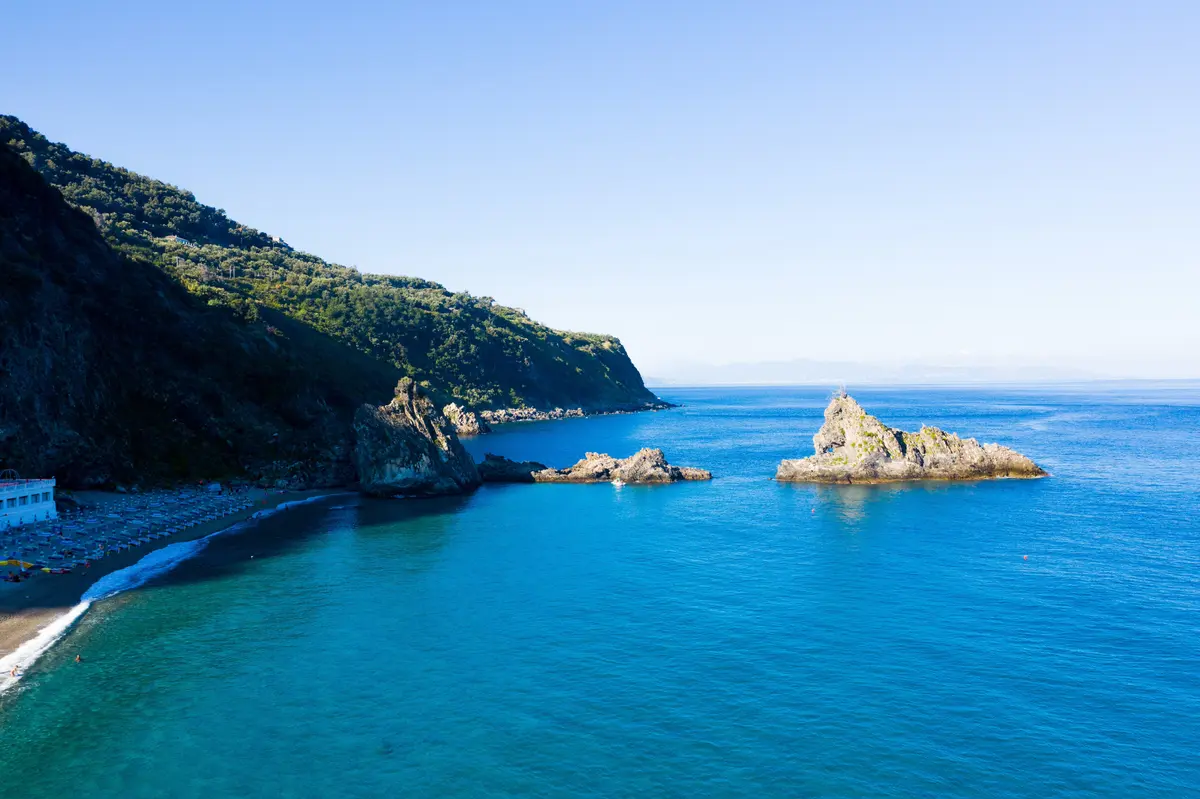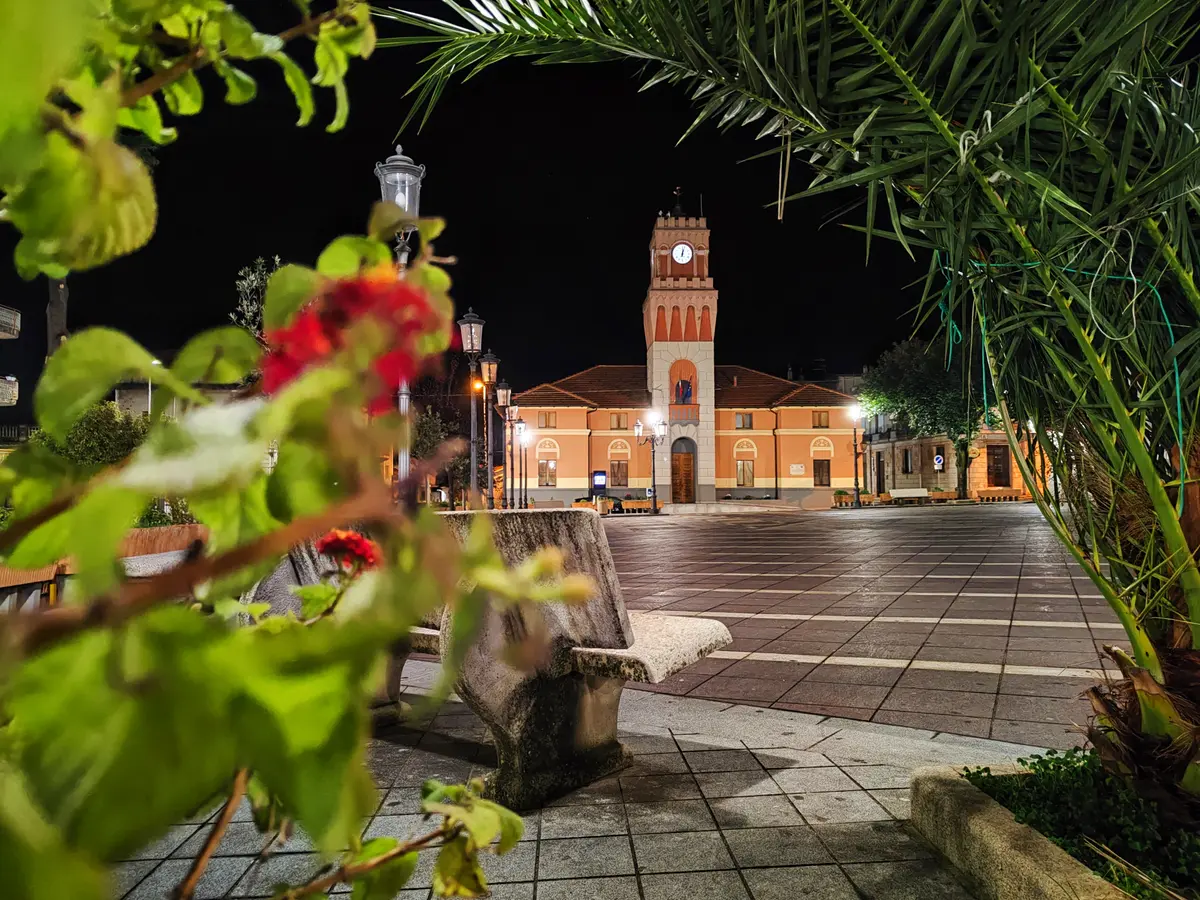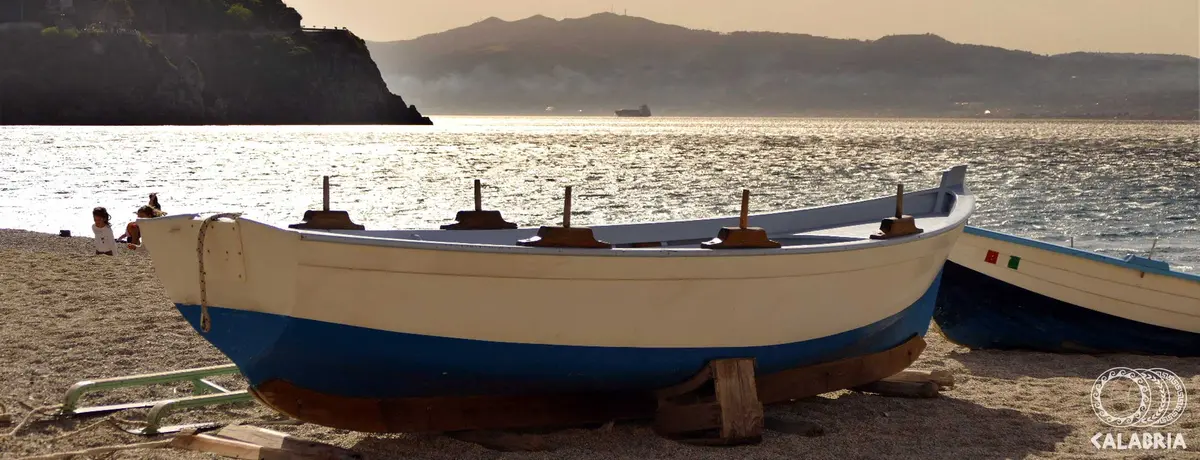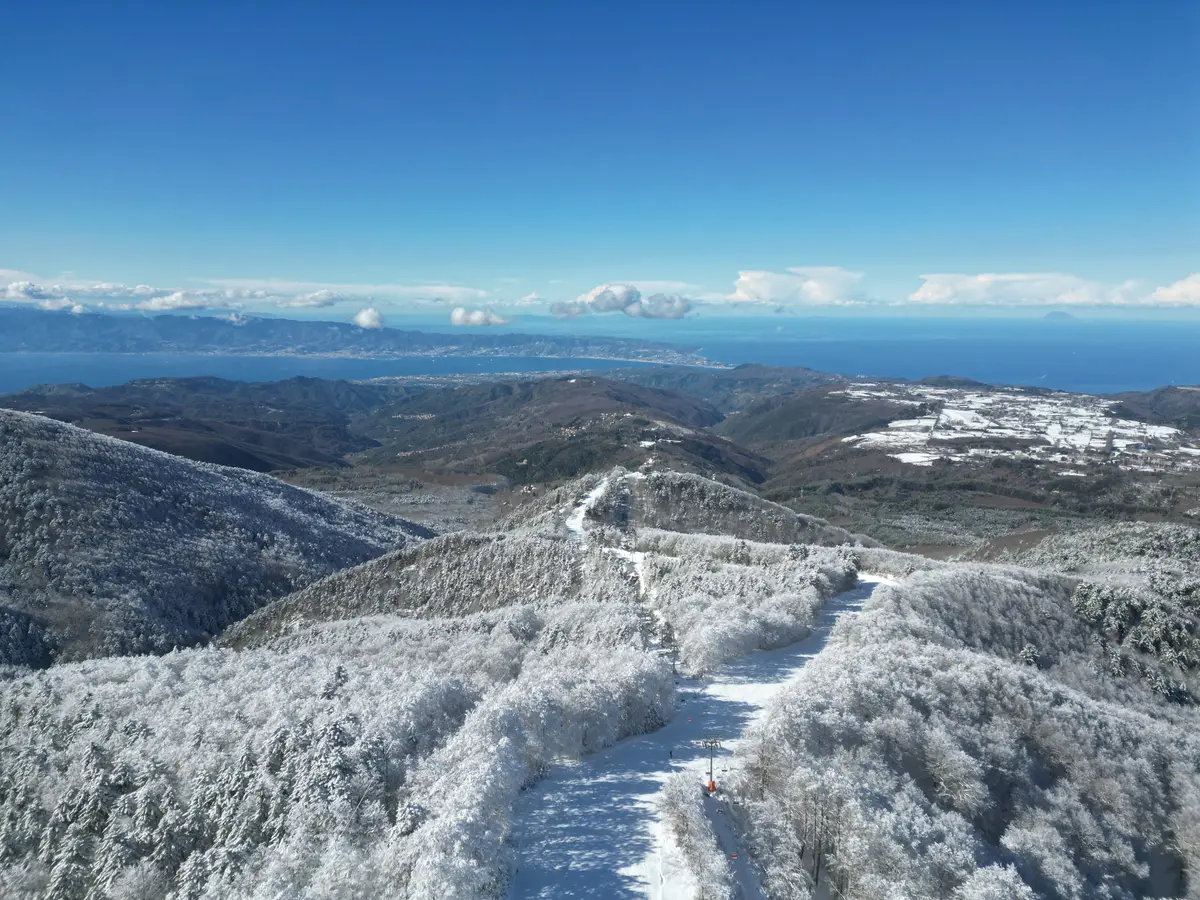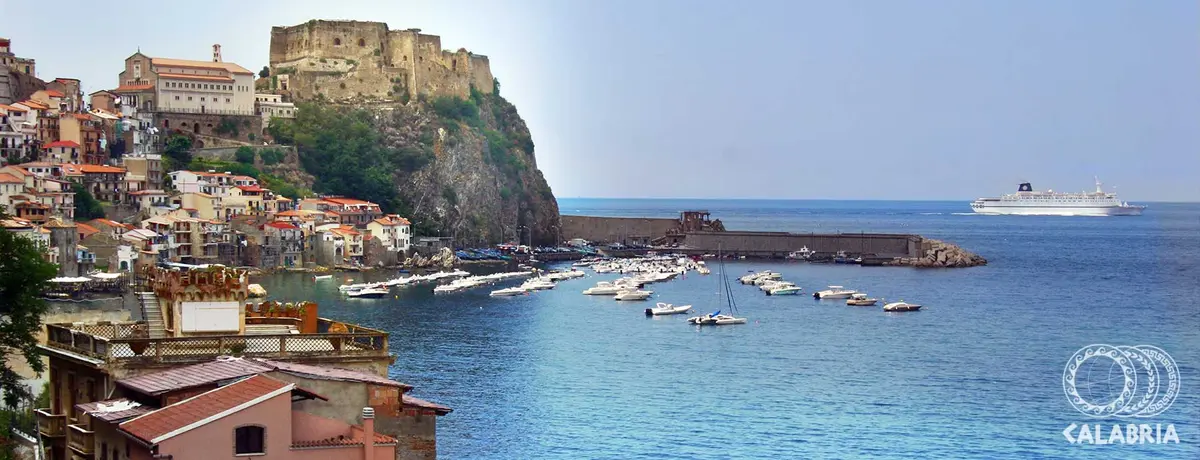Seminara
The City of Artistic Ceramics

Art and Culture
Seminara - Regione Calabria
Seminara, ‘’City of Artistic Ceramics‘’ for generations, is one of the most fascinating seaside and typical handicraft destinations on the Costa Viola, in the province of Reggio Calabria.
The famous Seminara Ceramic is one of the most renowned artistic creations in Calabria: it is an ancient production, handed down from father to son and can still be appreciated in the workshops around the town and at the interesting Seminara Ceramic Museum, where it is possible to learn all the details about the history, creation and apotropaic and good luck symbols that characterise these colourful artefacts.
The Church of the Pignatàri speaks volumes about the ancient presence of ceramists in Seminara, who, starting from Greek-Byzantine forms, now produce unique pieces of refined and contemporary taste.
A town with a great cultural tradition, in 1290 Seminara was the birthplace of the philosopher, theologian and mathematician Barlaam Calabro (or Barlaam di Seminara), one of the teachers of Petrarch and Boccaccio. An artistic and cultural crossroads between East and West, Seminara tells its oldest story through the remains of the 17th-century Mezzatesta Castle, and the unmissable Byzantine Monastery of Saints Elias and Filarete, where the monks still celebrate services according to the Orthodox rite.
Other places of faith worth mentioning are the Basilica Shrine of Mary Most Holy of the Poor, which houses the precious wooden statue of the Madonna of the Ebony Skin, from ancient Tauriana, and a Madonna and Child of the Gagini school. The adjoining Museum of the Basilica displays liturgical objects and vestments, as well as a rich collection of parchments and the Historical Archive of the Insigne Collegiata di Seminara. Also worth visiting is the Town Hall, which preserves in the hallway and along the staircase marble fragments of the monuments of old Seminara, which was destroyed in the 1908 earthquake.
Nature and sea lovers are spoilt for choice: the jewel of Seminara is Cala Janculla, an unspoilt paradise of rare beauty, perfect for snorkelling and diving enthusiasts. The beach is nestled between two spurs of rock and can be reached by boat or, for the more daring, by crossing the Tracciolino Trail, a long and impervious path for trekking lovers. Mountain lovers can also opt for an excursion to the Geological and Archaeological Area of Barritteri, where they can admire rocks with ancient Greek and Latin inscriptions, canyons and breathtaking gorges.
Among the most popular events in Seminara is the ‘’Historical Parade of Charles V‘’, in August: a re-enactment of Emperor Charles V's passage through the medieval village. One of Seminara's most fascinating folklore traditions is the Dance of the Giants Mata and Grifone, two enormous statues that dance to the incessant rhythm of drums.
Useful information
What to know about Seminara
Where to Sleep
There are 1 available accommodations.
Places
There are 2 places to visit.
Travel Ideas
There are 2 travel ideas.
Infopoint Seminara
Piazza Vittorio Emanuele, 3, Seminara
No result
